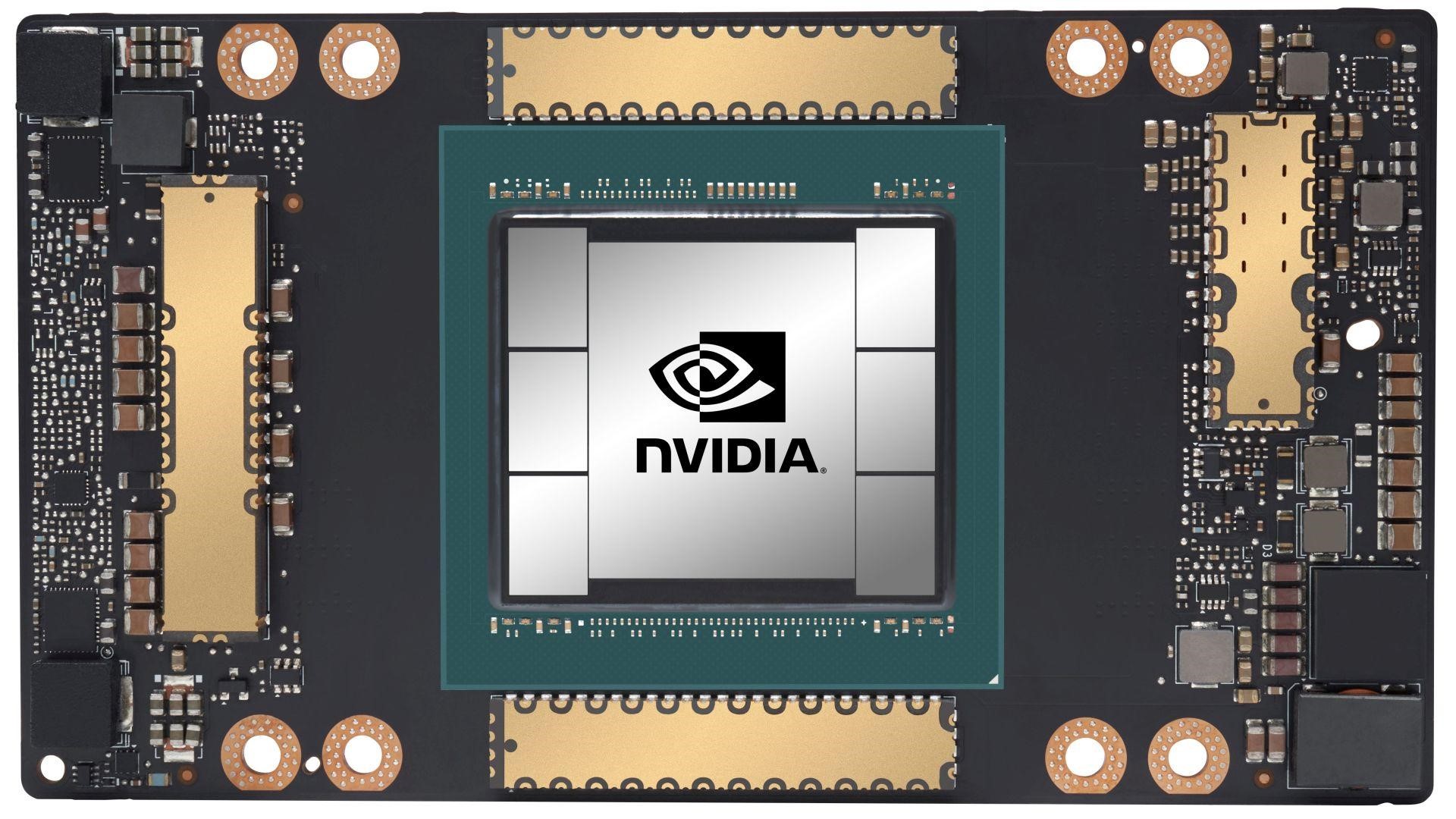Deepfakes and Indian Elections: Much Ado About Nothing?
Jaspreet Bindra
As the age of AI dawns upon us, it has brought excitement and trepidation in equal measure. Most of the latter recently seemed to centre around AI generated deepfakes and how they could change voter minds, influence elections, and thus subvert democracy itself. This was especially of concern for us in India, as close to a billion voters were going to bring in a new government in the largest democracy in the world. A raft of other electoral democracies, including the UK and UK, who are due for elections in a few months, confront similar fears.
While India is a developing economy, it has a digitally savvy population frequenting WhatsApp, YouTube, Facebook etc. in world-leading numbers. Parties are also digital savvy, with large IT and social media wings. Deep fakes seemed to have sprouted in India over the last few months, with a score of Bollywood celebrities and even politicians suffering from their pictures getting morphed and used. Deepfakes are not new, with AI technologies like Generative Adversarial Networks (GANs) churning them out since 2011. However, the advent of GenAI and the ubiquitousness of social media have made the creation, quality and spread of them at scale much cheaper and easier to do. Thus, there was a huge concern amongst civil society, government and media on how they could hijack the Indian elections.
In a few of the articles and comments on AI and deepfakes, I had taken a contrarian stance that how AI, used well, could help the electoral process, and therefore democracy itself. AI can help detect fraud, optimize the complex logistics of booth and voter management, and build resource and cost efficiencies into the vast machinery of Indian elections. Generative AI can be used for politicians to reach out to voters in a more personalized and scalable manner, level the playing field with richer candidates, and even make voting access for differently abled voters easier. Most of us, however, tended to focus on the negatives and the supposed havoc that deepfakes would wreak on our elections.
Well, now that the elections are over, and the results out, it seems to be much ado about nothing.
A post facto analysis on this was done by two Harvard Kennedy School scholars, Vandinika Shukla and Bruce Schneier (https://bit.ly/4er8ISi ), and the surprising conclusion was that AI was used mostly constructively, rather than the destructive use that most of us expected! They estimated that political parties spent $50mn in authorized AI-generated content, and mostly used it for targeted communication to their constituency voters. In Tamil Nadu, for instance, both Karunanidhi with his trademark dark glasses, and Jayalalitha ‘Amma’ were resurrected to appeal to the voters with both authorized and openly done by the respective political parties; an example of ‘deepfakes without the deception’. Even party workers at the lowest rung of the ladder frequented small tech companies which created personalized ‘deepfake’ videos of them, which could be then distributed at scale. This created unprecedented opportunity for young techies, who created nimble outfits serving the needs of politicians. India has 22 official languages and thousands of local dialects, and some politicians leveraged the Bhashini platform to dub their speeches in many of these, strengthening voter connection. Voice clones of candidates made millions of calls to voters, explaining their messages and promises. Even the PM got into the act, when in Tamil Nadu he asked the audience to put on earphones, which real-time translated his Hindi speech to Tamil. Political workers and supporters used GenAI and other technologies to flood social media with localized and contextualized memes, many of which struck a chord with the voters.
It was not all a bed of roses, though. There were many instances of using deepfakes to impersonate candidates spewing hatred and discord, saying things they had never said, and making it difficult for voters to understand what was real and what was fake. But, as James Thornhlll writes in FT (https://bit.ly/3RBLgI8) : “… it could well be that the increasing use of AI tools by millions of users is itself deepening public understanding of the technology, inoculating people against deepfakes. The election did not appear to be disfigured by the digital manipulation.”
In a sense, the proof was in the pudding. There were, and rightly so, more concerns about the heat wave killing scores of poll workers and reducing voter turnouts, then there were those of fake videos. The outcome of the election itself was surprising to many, as the very heavily tech-invested ruling party got much lesser parliamentary seats than widely expected and predicted. This pointed to the fact that the wise Indian voter not only saw through the rhetoric of politicians, but also fake news that some of them generated. In the end, the doomsdayers’ dire fears did not come true, as AI was used more for good than bad. Harvard researchers Shukla and Steiner pointed out that “the technology’s ability to produce non-consensual deepfakes of anyone can make it harder to tell truth from fiction, but its consensual uses are likely to make democracy more accessible.” James Thornhill wisely noted that “we should worry more about politicians spouting authentic nonsense than fake AI avatars generating inauthentic gibberish.” The Indian voters certainly seemed to agree.


